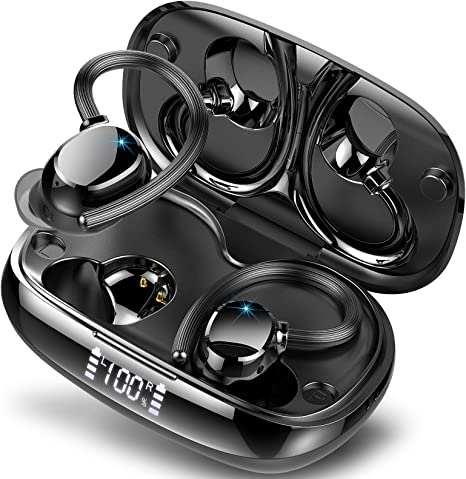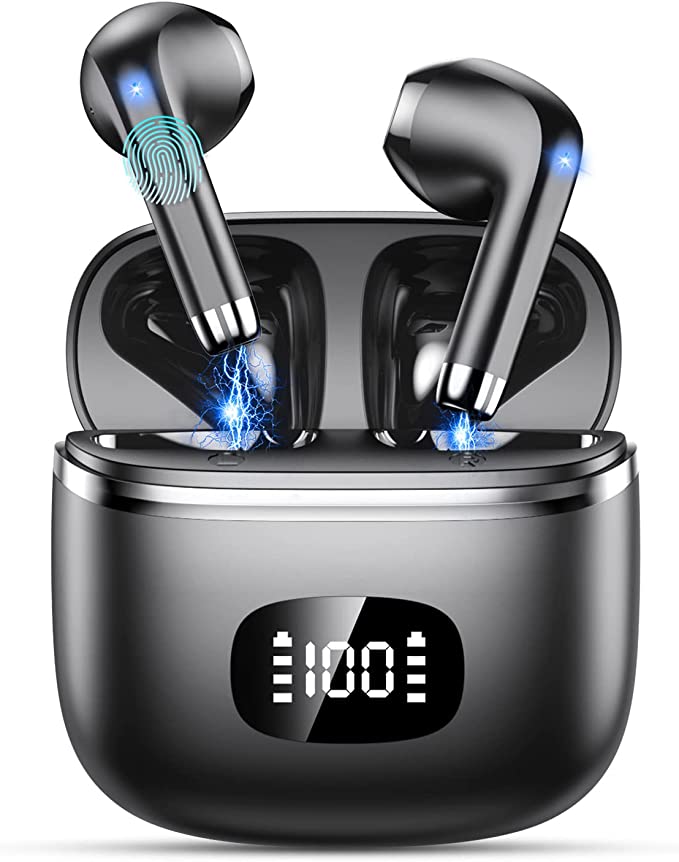Magnetic Intelligence: Decoding the Non-Invasive Hydrology of the Flume 2 Water Monitor
Update on Nov. 27, 2025, 1:59 p.m.
In the intricate ecosystem of the modern smart home, data is the currency of control. We monitor our electricity down to the kilowatt-hour and our thermal comfort to the degree. Yet, for many, the flow of water—a resource as critical as it is costly—remains a black box, illuminated only by the monthly arrival of a utility bill. This lack of visibility is not merely an inconvenience; it represents a significant vulnerability in home maintenance and resource management.
The Flume 2 Smart Home Water Monitor emerges not just as another connected gadget, but as a sophisticated piece of retrofittable instrumentation. It promises to bridge the gap between analog infrastructure and digital insight without cutting a single pipe. But how does a strap-on sensor achieve the fidelity required to detect a dripping faucet or disaggregate a shower from a toilet flush? To understand the value and the limitations of this device, we must look beyond the marketing and into the physics of magnetometry and the algorithms of flow.

The Analog Foundation: Exploiting the Mechanics of Measurement
To appreciate the engineering elegance of the Flume 2, one must first understand the device it is designed to monitor: the residential water meter. The vast majority of North American homes are equipped with Positive Displacement (PD) meters. These are mechanical workhorses, utilizing a nutating disc or oscillating piston that physically moves with the water flow. Crucially, the internal motion of this measuring element is coupled to the external register (the dial you read) not by a shaft, which could leak, but by a powerful magnet.
It is this magnetic coupling that the Flume 2 exploits. The device is, in essence, a highly sensitive magnetometer. By strapping directly onto the meter’s body, it detects the rotating magnetic field generated by the meter’s internal components.
This non-invasive approach is the system’s defining innovation. Unlike inline flow meters (such as the Moen Flo or Phyn Plus) that require professional plumbing installation to intercept the water stream, the Flume 2 operates as a parasitic sensor. It creates a digital twin of the mechanical meter’s activity. The faster the internal magnet spins, the higher the flow rate. Flume’s proprietary algorithms translate these magnetic oscillations into real-time flow data, broadcasted via a dedicated RF bridge to the cloud, and ultimately, to your smartphone.
System Architecture: The Sensor, The Bridge, and The Signal
The Flume ecosystem is built on a tripartite architecture designed to overcome the specific challenges of subterranean meter pits and distant utility closets.
- The Water Sensor: Encased in an IP67 waterproof shell, this battery-operated unit is the eyes of the system. It is engineered to endure the harsh, often submerged environments of outdoor meter pits. Its reliance on standard Lithium Metal battery packs (specifically 4x AA lithium cells in a custom carrier) is a pragmatic design choice, balancing energy density with temperature resilience.
- The Bridge: This indoor unit acts as the translator. It connects to the home’s Wi-Fi network but communicates with the sensor using a low-frequency 915 MHz RF signal. This frequency is chosen for its superior penetration capabilities compared to 2.4 GHz Wi-Fi, allowing it to punch through concrete slabs, soil, and metal meter covers to reach sensors up to 1,000 feet away.
- The Cloud Analytical Engine: The raw data from the sensor is relatively unintelligible until processed. Flume’s cloud servers apply machine learning models to identify flow signatures, distinguishing the rapid, high-volume spike of a toilet flush from the steady, moderate flow of a shower or the rhythmic pulses of a washing machine.

The Physics of Leak Detection: Algorithms Over Actuation
It is vital to clarify the operational philosophy of the Flume 2: it is a monitoring tool, not a mitigation device. It cannot physically shut off your water. Instead, it relies on algorithmic vigilance to alert the human in the loop.
The system employs two primary logic gates for leak detection: * Continuous Flow Protocol: The “Smart Leak” alert is triggered by uninterrupted water usage over a set duration (defaulting to two hours). This logic is adept at catching “silent killers” like a stuck toilet flapper or a pinhole leak in a service line, which might not have a high flow rate but persist relentlessly. * High Flow Thresholds: Customizable alerts can notify users if flow rates exceed a specific Gallons Per Minute (GPM) threshold, indicative of a catastrophic pipe burst.
While effective, this passive approach places the onus of response on the homeowner. The value proposition here is awareness, granting the user the lead time to act before a minor leak becomes a major insurance claim. FEMA estimates that just one inch of floodwater can cause $25,000 in damage; in this context, the Flume 2 acts as an early warning radar for your home’s structural integrity.
The Compatibility Conundrum: When Technology Moves On
The reliance on magnetic coupling is both Flume’s greatest strength and its Achilles’ heel. The system is fundamentally dependent on the presence of a mechanical, magnetic-drive meter.
However, the utility infrastructure is evolving. Many municipalities are transitioning to Advanced Metering Infrastructure (AMI), specifically ultrasonic meters (such as the Neptune Mach 10 or Sensus iPerl). These modern meters use sound waves to measure flow and have no moving parts—and consequently, no rotating magnetic field.
For the Flume 2, an ultrasonic meter is a ghost; it cannot be seen or read.
This creates a binary compatibility landscape. If your home has a traditional Badger Recordall or Neptune T-10, the Flume 2 is a brilliant retrofit. If your utility has upgraded to static ultrasonic technology, the device is non-functional. Prospective users must perform a visual inspection of their water meter prior to investment, treating compatibility not as a given, but as a critical specification to be verified.

Data Granularity and Conservation Psychology
Beyond leak detection, the Flume 2 functions as a powerful tool for behavioral change. The “Detail+” feature (often part of a subscription) attempts to disaggregate total water usage into specific categories. While no non-intrusive load monitoring (NILM) system is 100% perfect, Flume’s ability to categorize usage offers a psychological mirror to the homeowner.
Seeing that irrigation accounts for 60% of summer water use, or that a teenager’s shower consumes 40 gallons, shifts water conservation from an abstract concept to a manageable data set. It allows for targeted “budgeting”—a feature integrated into the app—where users can set limits and receive warnings as they approach them. This transforms water from an infinite resource into a quantified commodity, fostering a culture of conservation through transparency.
Conclusion: The Instrument of the Data-Driven Home
The Flume 2 Smart Home Water Monitor represents a specific, highly optimized solution in the smart water market. It avoids the high cost and invasive installation of inline shutoff valves by cleverly leveraging the existing mechanical infrastructure of the municipal water meter.
For renters, owners of older homes, or those seeking a plug-and-play solution to water visibility, it is an unparalleled instrument. It democratizes access to high-resolution hydrological data, turning every faucet and sprinkler head into a quantifiable data point. However, its future is tied to the persistence of mechanical metering. As a bridge between the analog past and the digital future of home utilities, it serves as a vital, albeit potentially transitional, tool for the conscientious homeowner.









